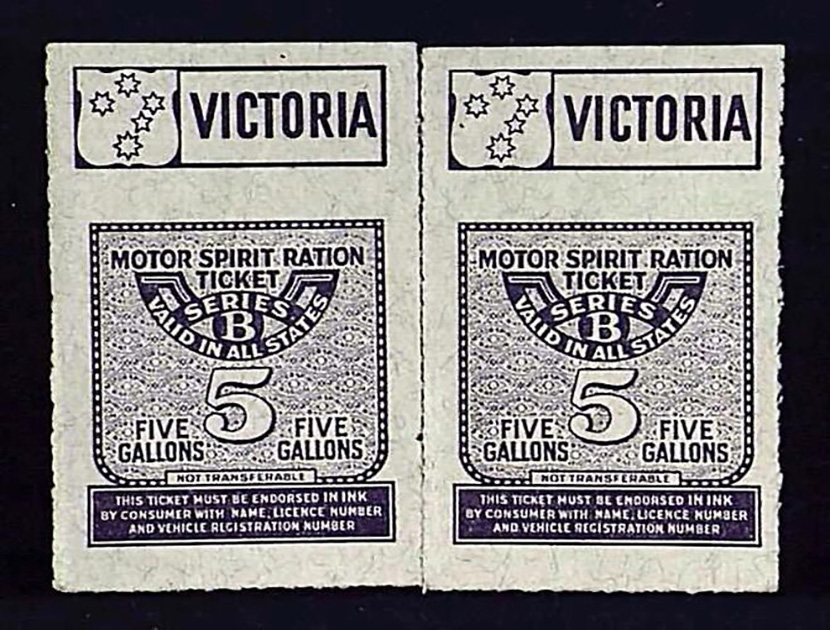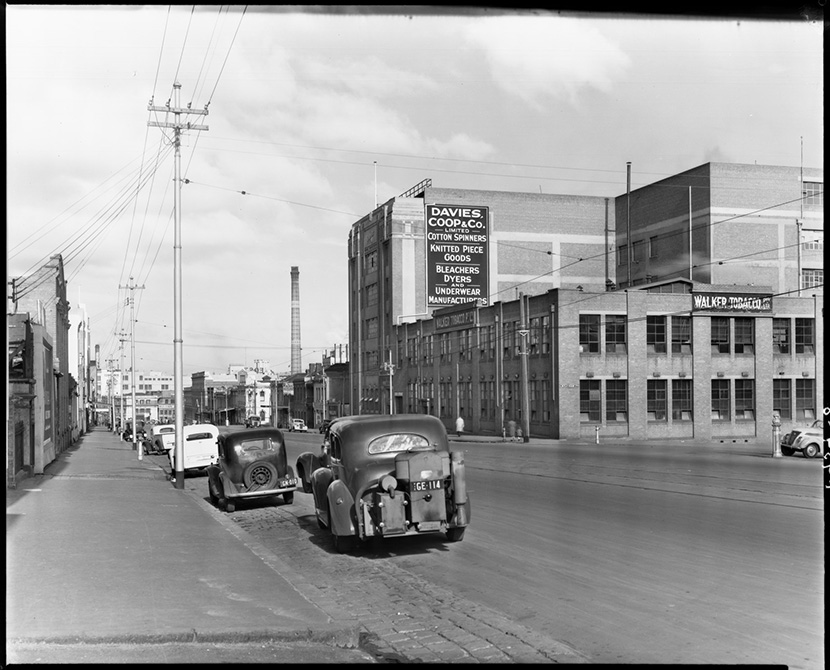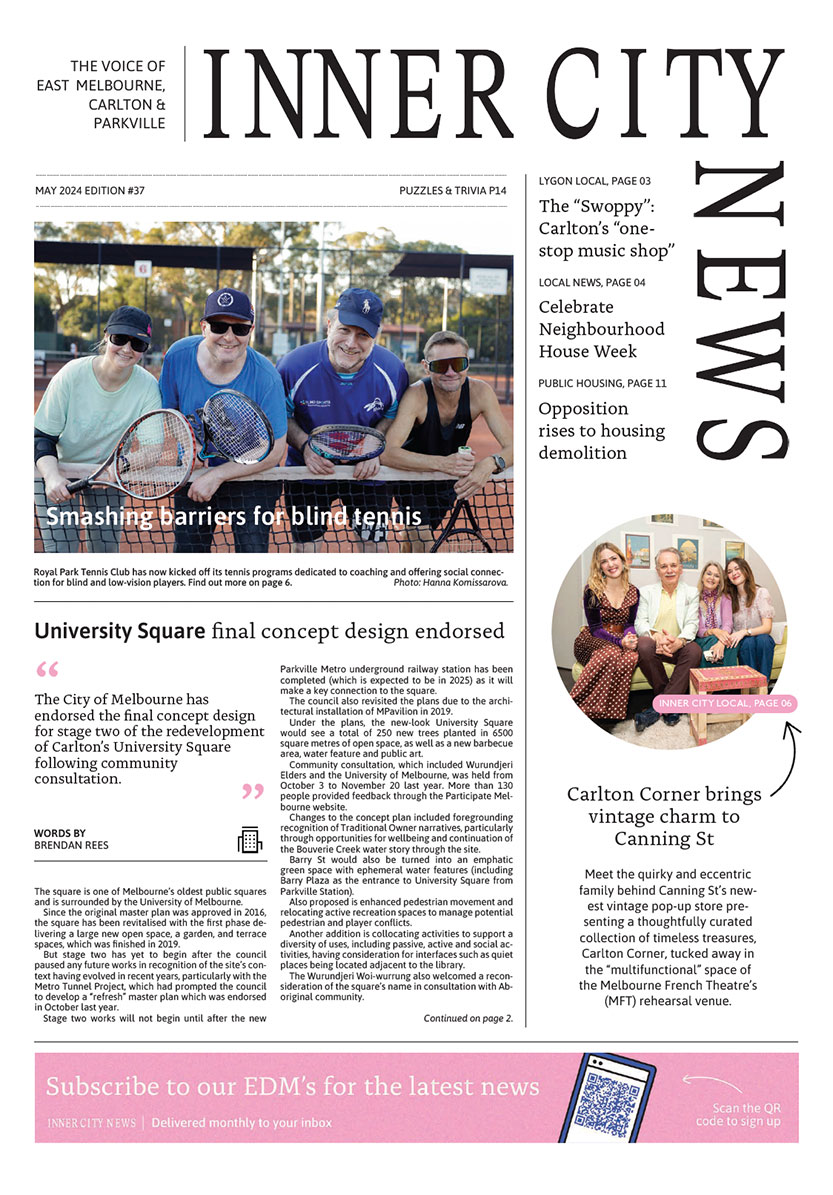Petrol rationing and charcoal burners
In recent decades much attention has been given to alternative ways of powering cars, other than through the use of petrol, in order to minimise emissions.
During the Second World War an alternative to petrol was also sought, but for a different reason. Petrol was in short supply and was largely reserved for essential services and the armed forces. The alternative source of fuel for cars that was found at that time was charcoal.
Motorists had access to petrol during the war, but it was strictly rationed. The restricting of access to petrol was initially resisted by motor companies and others, but by June 1940 with supplies dwindling, the government had no alternative.
To restrict consumption, drivers had to apply for a petrol licence and if granted were allocated a certain number of ration coupons, based on their needs. These enabled the motorist to purchase a certain number of gallons of petrol for his car. Once his coupons ran out, he could purchase no more until there was a new issue of ration coupons.
To supplement their meagre petrol ration, many motorists resorted to another unrestricted source of fuel – charcoal. Burning charcoal produces an inflammable gas, which if mixed with air in the carburettor of the car, as petrol vapour would normally be, can be ignited in the cylinders and power the engine. Charcoal burners that produced this inflammable gas could be purchased and attached to the back of your car.
These evil-smelling and difficult to manage devices were universally hated by those compelled to use them. But with no other choice, they were a common sight on the streets of Melbourne until well after the war ended. Having an extra half-a-tonne of metal sitting on the back bumper badly affected the handling of the car, and the inflammable gas that was produced was carbon monoxide which is a dangerous poison. Motorists were warned to keep the windows of the car open while driving to avoid the occupants blacking out, and when garaging the car for the night to leave the doors of the garage open for some time.
Petrol was not the only thing rationed during the war. Rationing of clothing began in June 1942; tea and sugar followed soon after, butter in June 1943 and meat in January 1944. As in the case of petrol, the rationing worked on a coupon system. Each adult Australian citizen received a ration book with coupons for each of the rationed items. When you went to buy your sugar, for example, you had to have the relevant coupon, which was then handed over to the shopkeeper. Once you ran out of sugar coupons you could buy no more sugar until your new ration book was issued. There were often shortages in the shops, even of products that were not rationed.
The shortages and rationing continued long after the war ended in 1945. The rationing of some items was lifted as early as 1947, but petrol rationing was not lifted until February 1950, five years after the war had ended. •
Photo caption 1: Each of these war-time ration coupons enable a driver to purchase five gallons of petrol.
Photo caption 2: A car with a charcoal burner attached on the back, taken in Swanston St, Carlton, opposite Lincoln Square, sometime in the 1940s. The tall chimney in the background is the one that is now inside the Melbourne Central shopping centre.
Photo: State Library ofVictoria.

Carlton Corner brings vintage charm to Canning St





 Download the Latest Edition
Download the Latest Edition